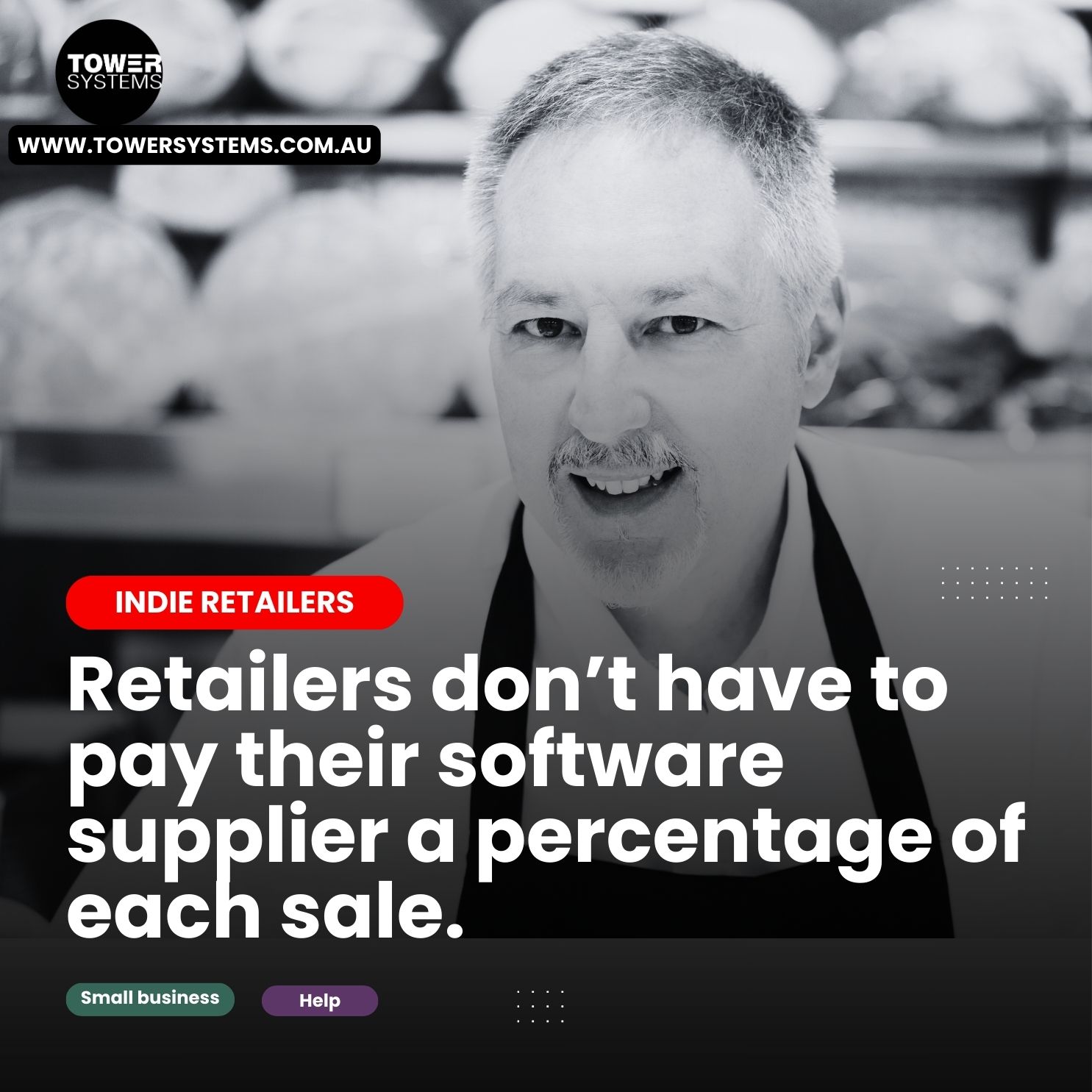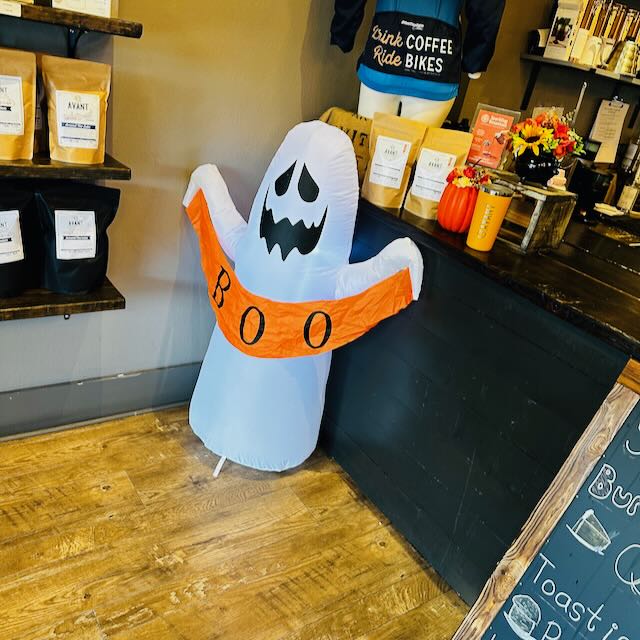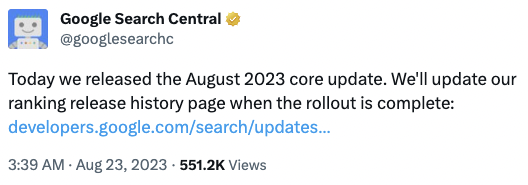We get it. Sometimes, the road ahead can have so many obstacles and the air is so heavy with fog that a pathway can be hard to find.
In any indie local retail business you can collect a ton of obstacles and feel surrounded by fog if you are drawn to the end is near talk and have your business rooted deep in out of date practices.
If you feel like closing is your only option, we are writing this for you.
Stop. Take a month to first of all breathe. That;’s important, breathe, take in the outdoors. Find a calm. Then, collect data – your sales data, your financial situation information, local economic circumstances. Gather all the facts together, and go over them – not the emotion, the hearsay – stick to the evidence, the facts.
Usually, in the evidence, there is opportunity. The challenge is that often opportunities cannot be seen because of the noise of obstacles and fog. That’s why we say stop, get your evidence and sit with that.
Our hope is that in your evidence there is sufficient opportunity to find a path forward for the business, and for you.
Turning a situation away from closing is my only option can only come about by one or a mix of:
- attracting new shoppers
- getting existing shoppers purchasing more
- making more from some of what you sell
- reducing costs
It’s pretty simple when you read the list. The hard part is the action, that’s where retailers can get stuck. We mean, attracting new shoppers is difficult, especially in small business where the levers we can pull are limited.
The best way to attract new shoppers in any local retail business is to introduce a completely new product category, to represent it well in-store and to pitch it appropriately on social media.
Your existing suppliers won’t have helpful advice in this area because they are your existing suppliers. You have to look outside your current pool of advice and influencers and look outside what people know your shop for. Choose a category that is fun, appealing and for sure traffic-generating. Ideally, it will be something not easily found locally, something that interests you. That last bit is important because one way to drive traffic for a new category is to be a bit of a local expert.
We get that it may be challenging to find the energy and money to make things work with a new category. If the survival of your business matters you’ll find a way.
The best way to get existing shoppers spending more is through a smart loyalty mechanic and having a shop people enjoy.
The best way to make more from what you sell is by charging more or buying better, or both. Don’t go crazy. A modest increase in GP% could work wonders.
Key to the success of any turnaround is starting on the road early, before fog and debris block the past. It’s important to all of us who own businesses to be looking well ahead, over the horizon, cultivating assets we can deploy when we think change may be needed.
Before we leave the topic we want to touch on cutting costs. That’s a common approach to saving a business. While it could help, rarely in our experiences serving many local indie retailers have we seen cutting costs alone be enough to save a business. Sure, it can be in the mix, but it alone is not enough. And the truth is that a well run business has trimmed costs already.
If you think closing your shop is the only option, reach out. There are plenty of indie retailers who will listen, and offer advice if you’d like it.
You are not alone.
Oh, and this all matters to us because we only serve local indie retailers, and we own and run local indie retail businesses ourselves.




Recent Comments